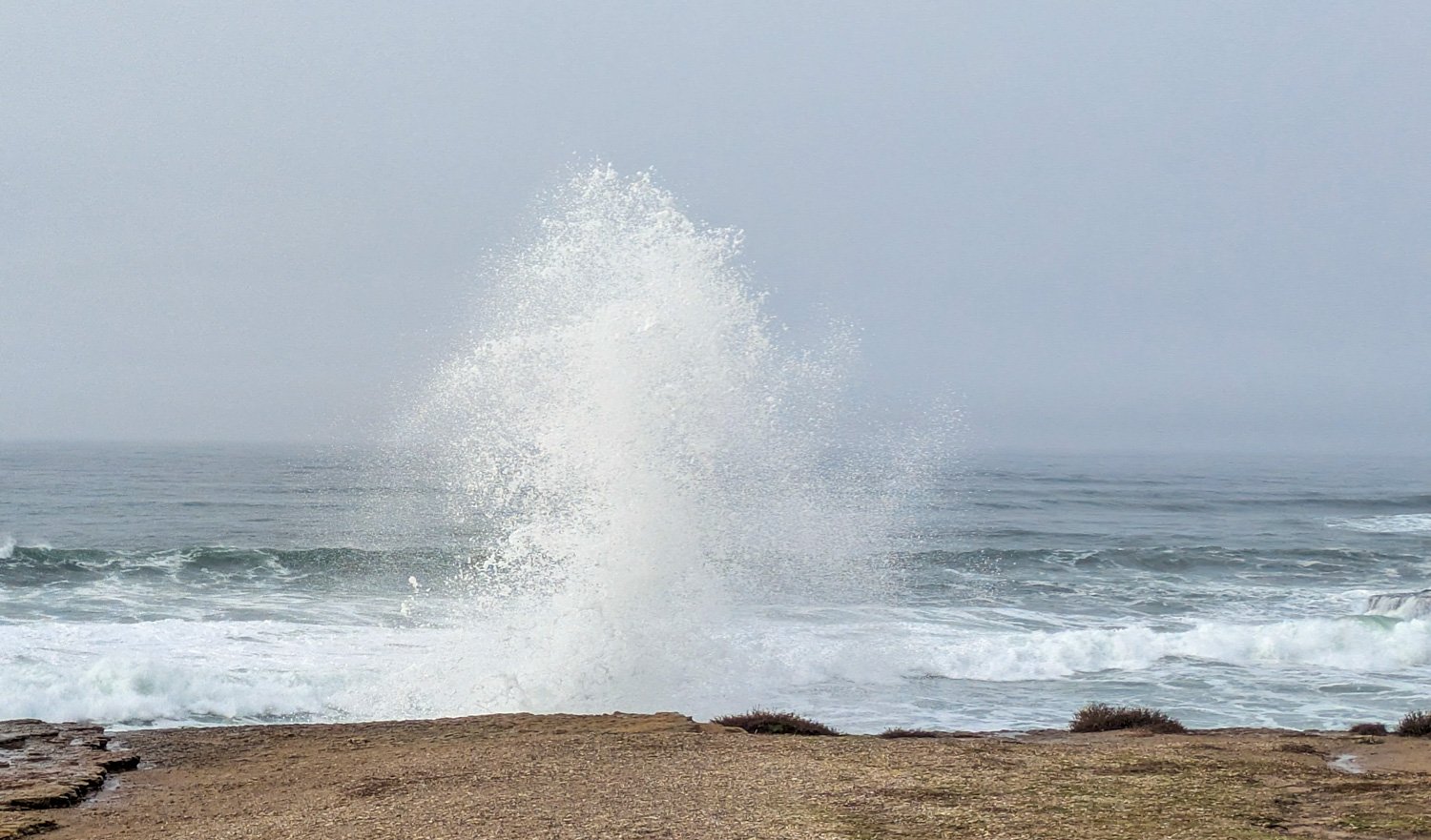Blue carbon is the carbon absorbed in the oceans and coastal ecosystems. As wind passes over the surface of the ocean, the absorption of carbon dioxide from that air mass into the water is know as the gas transfer velocity. Most models used to estimated the amount of carbon stored in the ocean rely only on wind speed.
A study recently published in the journal Global Biochemical Cycles also calculated the effects of breaking waves and the bubbles generated by wave movement on carbon exchange between the atmosphere and the ocean.
Simulating ocean carbon storage and release
Simulations on ocean carbon exchange were run using the MOM6-COBALTv2 model. Data inputs included:
One simulation factored wind speed only, a second incorporated wave effects averaged by wind speed, and a third was run with the full wind-wave-bubble model. The wind-wave-bubble model looks at the effects of wave breaking and bubbles, which can significantly boost gas transfer, especially during storms. Researchers compared how much CO₂ the ocean absorbed or released under the three simulations.


Results of the study: wave effects influence ocean carbon storage
Globally, the study found that including wave effects in the models results in a small increase in how much carbon the ocean stores: about 0.07 billion metric tons more, or a 3% increase in carbon stored over 50 years. The study also found that accounting for wave effects shows more regional and seasonal variation in carbon storage than wind speed only models.
The uptake in carbon storage is stronger in the Southern Hemisphere, especially in areas with consistently high wave activity like the Southern Ocean. The Northern Hemisphere with more land masses has less carbon storage.
Wave activity also leads to larger short-term (day-to-week) and seasonal fluctuations in how much CO₂ the ocean takes in or releases. Especially during storms, this difference in carbon exchange can be as much as 20-50%.
Wave activity also affects where in the ocean depth carbon storage happens. Waves help push more CO₂ into the ocean’s interior, particularly into the mid-depth waters that form at the surface and sink.
The study
Rustogi, P., Resplandy, L., Liao, E., Reichl, B. G., & Deike, L. (2025). Influence of wave‐induced variability on ocean carbon uptake. Global Biogeochemical Cycles, 39(6), e2024GB008382. DOI: /10.1029/2024GB008382